Sulphur Deficiency In Cannabis Plants
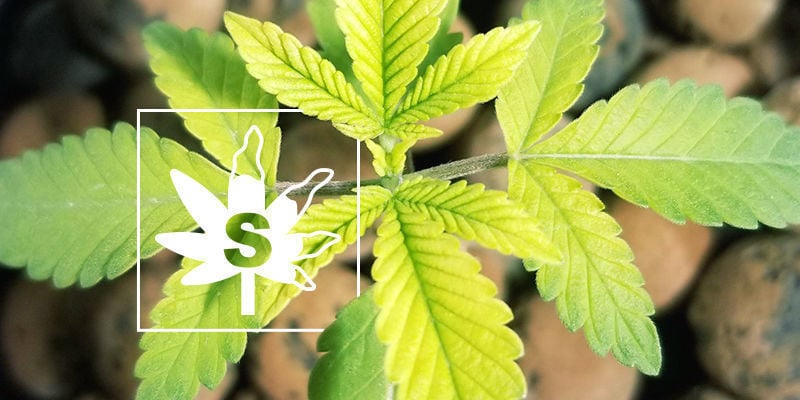
Spotting and solving a sulphur deficiency is pretty easy if you keep an eye on your plants. Caught and dealt with early, it should pose no real problems to your crop. Left alone, and it could ruin all of your hard work. Find out all about it here.
Deficiencies and feeding problems in plants are common and if caught early, fairly easy to solve. If, however, you take no note of the discolouration of your leaves, then a minor problem could eventually come to ruin your whole crop. Learn how to identify and solve a sulphur deficiency here, so that you can get the biggest crop possible.
What causes sulphur deficiency?
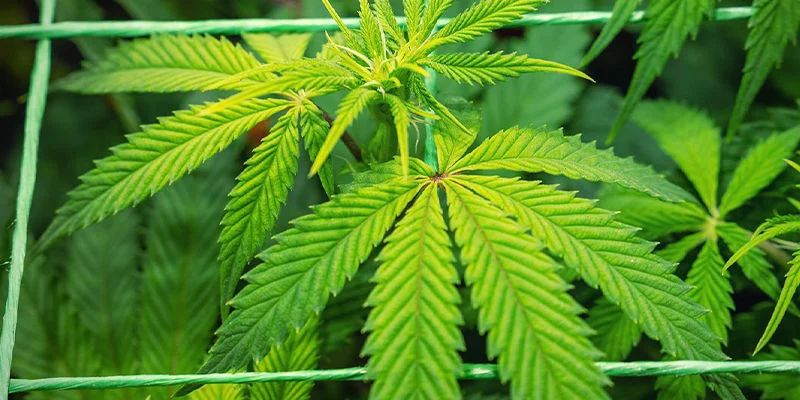
The obvious answer to this question would be too little sulphur. And of course, this may be the reason. If you’re not feeding your plants much or using poor quality feed that doesn’t contain all the necessary macro and micronutrients, then it may be that there’s just not enough sulphur to keep your plants happy.
However, what if your feed is good but there’s still a sulphur deficiency? This is more than possible. Nutrient lockout can happen for a number of reasons and stops your plants’ roots from being able to adequately uptake the necessary nutrients. Sulphur is slow-moving, so it is one of the easier nutrients to lockout.
What causes lockout? There are two main causes of lockout. The first is overfeeding. Too much fertiliser can actually lead to mineral buildups and block the roots. Rather than giving the plants plenty of food, it can stop them from absorbing enough. This is why it’s actually better to err on the side of caution and slightly underfeed, rather than overfeed cannabis plants. Second, if the pH is too high—cannabis needs an optimum pH of 6.0–6.5; in this range, the roots are most able to absorb nutrients. Too high and lockout occurs.
Other potential causes:
- Overwatering
- Poor-water quality
How to recognise a sulphur deficiency
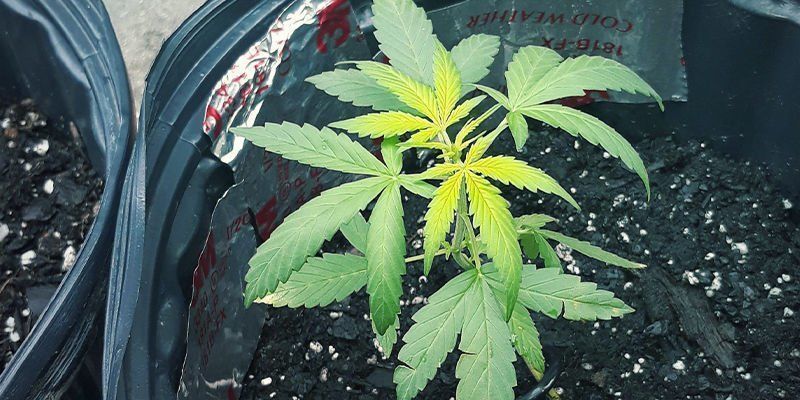
A sulphur deficiency can be identified by diagnosing chlorosis. Chlorosis is a condition where the plant is unable to produce chlorophyll, which gives it its green colour and is essential to its survival—being vital in the production of energy.
So, you might have guessed it, discolouration is the easiest way to spot a sulphur deficiency. However, discolouration is the symptom of almost all problems in plants, so how do you tell it apart?
Chlorosis tends to affect the younger leaves first, moving from the top of the plant downwards. Moreover, the discolouration, often yellowing, will begin at the base of the leaf and work its way outwards towards the tip. The plants may also develop “lignified woody stems”.
These symptoms are identical to nitrogen deficiency, because sulphur is essential for the metabolisation of nitrogen, so in a way, they’re the same.
How to prevent sulphur deficiency
There are several ways to prevent a sulphur deficiency from occurring in the first place:
- Monitor and adjust pH as necessary
- Do not overfeed
- Do not overwater your plants
- Ensure you use a feed which contains sulphur
Progress of sulphur deficiency
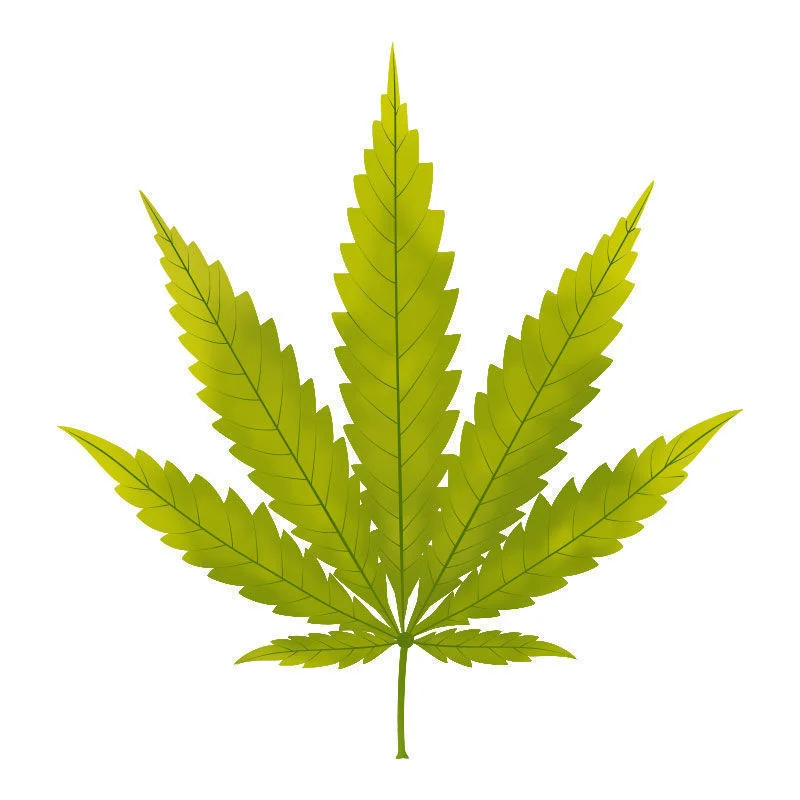
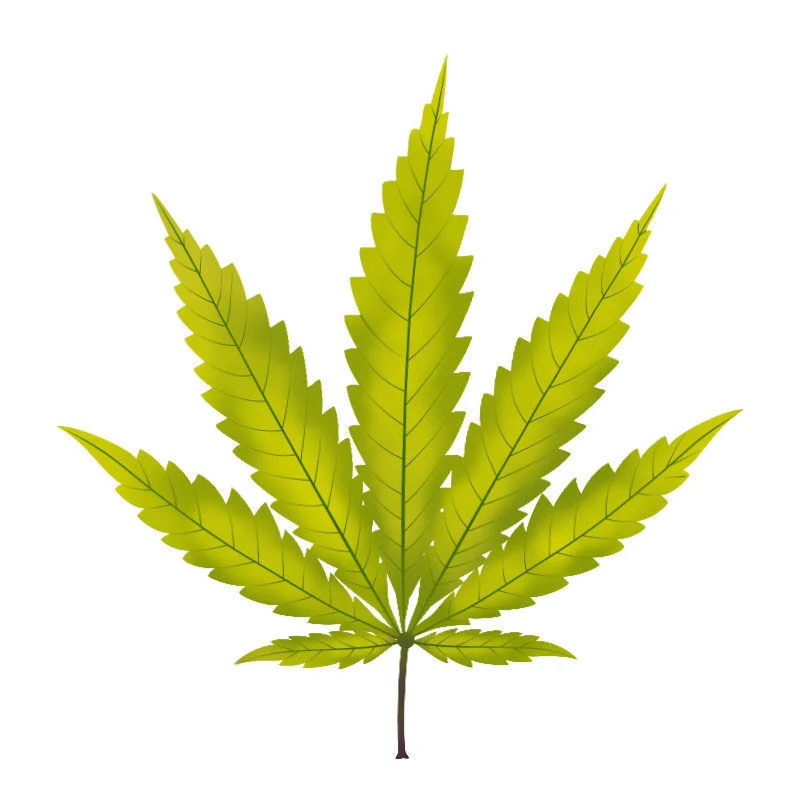
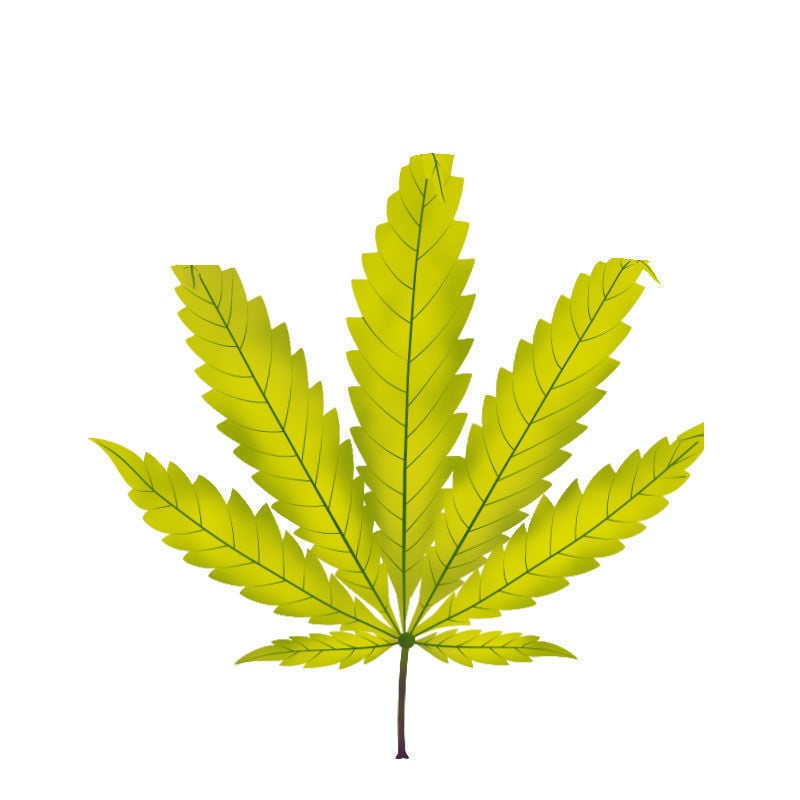
As mentioned, a sulphur deficiency will move through predictable steps.
-
Discolouration on the underside of leaves
-
Yellowing at the base of the youngest leaves, then moving to the tips of leaves
-
Yellowing of young leaves, progressing down the plant to older leaves
What sulphur deficiency looks like in cannabis plants
So how does this actually look in practice? Below, see photographs showing cannabis plants suffering from a sulphur deficiency.
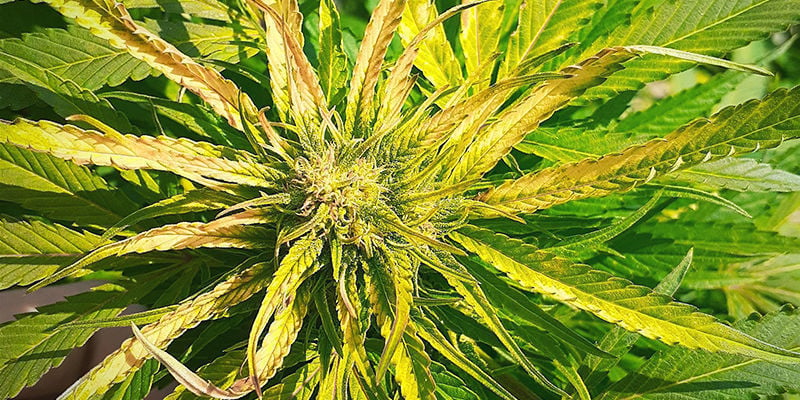
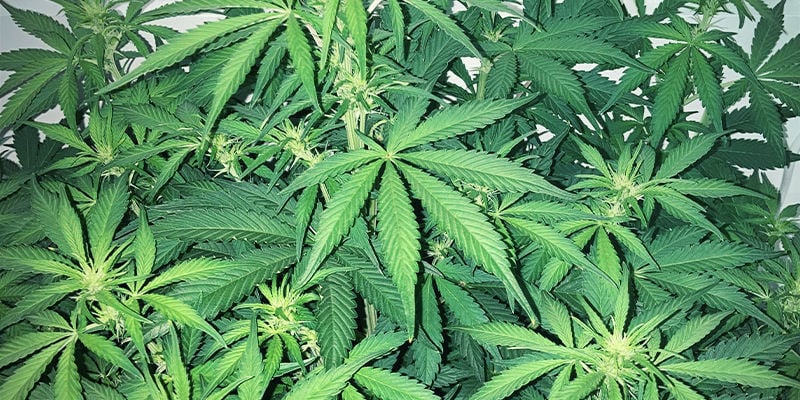
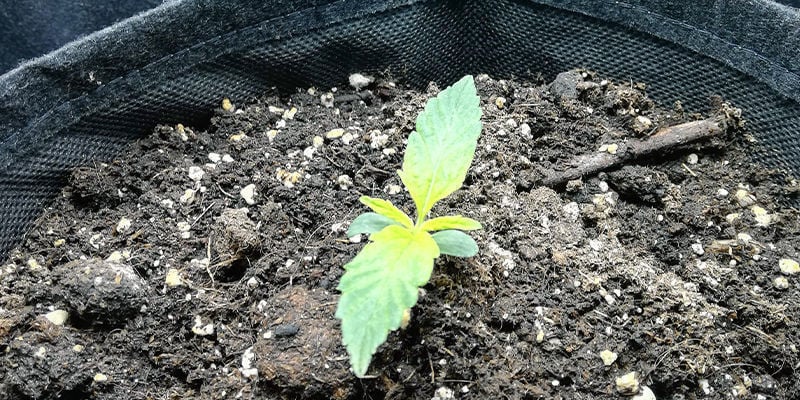
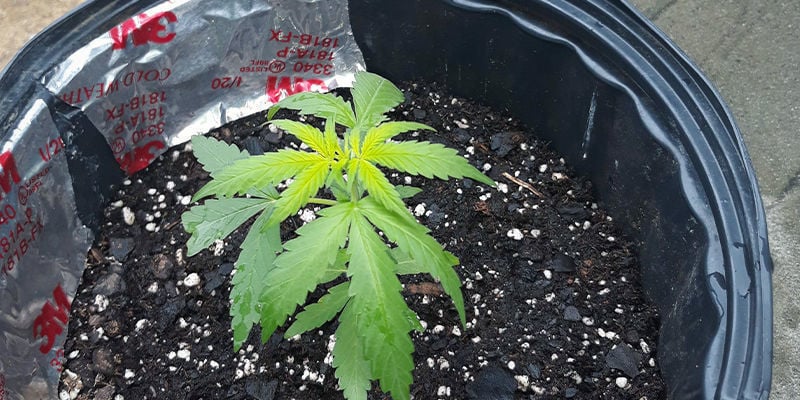
How to treat sulphur deficiency
Fortunately, treating a sulphur deficiency is fairly easy, once you identify the cause.
How to treat sulphur deficiency as a result of nutrient lockout
First, check if it's a deficiency in the soil or the result of nutrient lockout. If it’s a lockout, you’ll need to flush your soil. Flushing involves quite literally flushing many litres of pure water through your soil until all the nutrients are washed out—essentially taking you back to zero. Doing this frees the roots up to be able to absorb nutrients again. It’s also a good way to reset the pH if it gets too high.
Once flushed, re-administer pH adjustment and food as necessary. Just be careful and add it gradually—less is more!
How to increase the amount of sulphur for a cannabis plant
It may also be that you just haven’t been feeding your plant enough sulphur. In this case, the fix is pretty easy. These are your options:
-
1–2 tablespoons of Epsom salts to every 4–5 litres of water should give your plants enough to get back on track.
-
Alternatively, most good fertilisers should contain the right amount of sulphur, so invest in a good feed.
-
Manure, such as horse manure, should contain a very healthy range of nutrients, including sulphur. If you’re into organic/outdoor growing, then manure is a very good option.
Is sulphur deficiency really that bad?
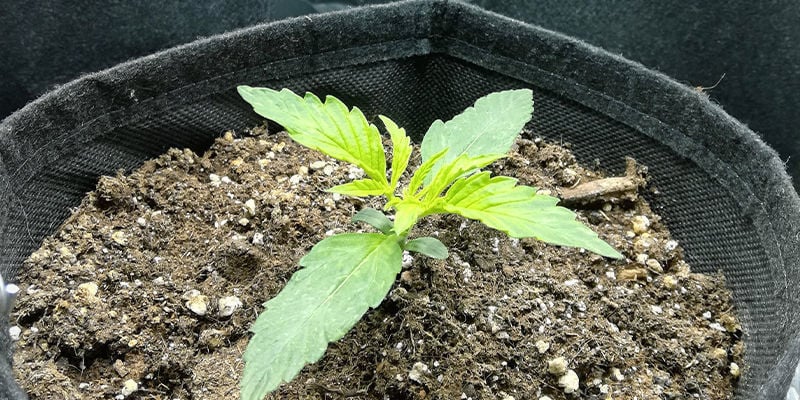
No, so long as you catch it early. On the whole, minor deficiencies in the vegetative stage aren’t so bad and can be easily reversed. In the flowering stage, they can be much more damaging. Once the plant starts producing flowers, these will be the first things to go in the event of a sulphur deficiency. And if the flowers go, then the crop is mostly a failure.
Therefore it’s important to identify problems very early, and nail your feeding and watering schedule, so that by the time flowering begins, there are no problems.
In a hydroponic grow, using far too much sulphur can lead to sulphur toxicity, due to the buildup of salts. However, it’s next to impossible, and shouldn’t be an issue for most growers. If you’re growing in soil, you needn’t even consider it when trying to identify a problem.
Sulphur: A Small but important part of the puzzle
All nutrients play key roles in the growth of cannabis, even if you only need a tiny amount of them.
Sulphur, being necessary for chlorophyll production and nitrogen metabolisation, is essential for proper growth. Get it wrong, and you’ll find plants which underperform or, at worst, die. Thankfully, so long as you spot it early and take the necessary steps, it shouldn’t cause you much of a problem!












 United States
United States








